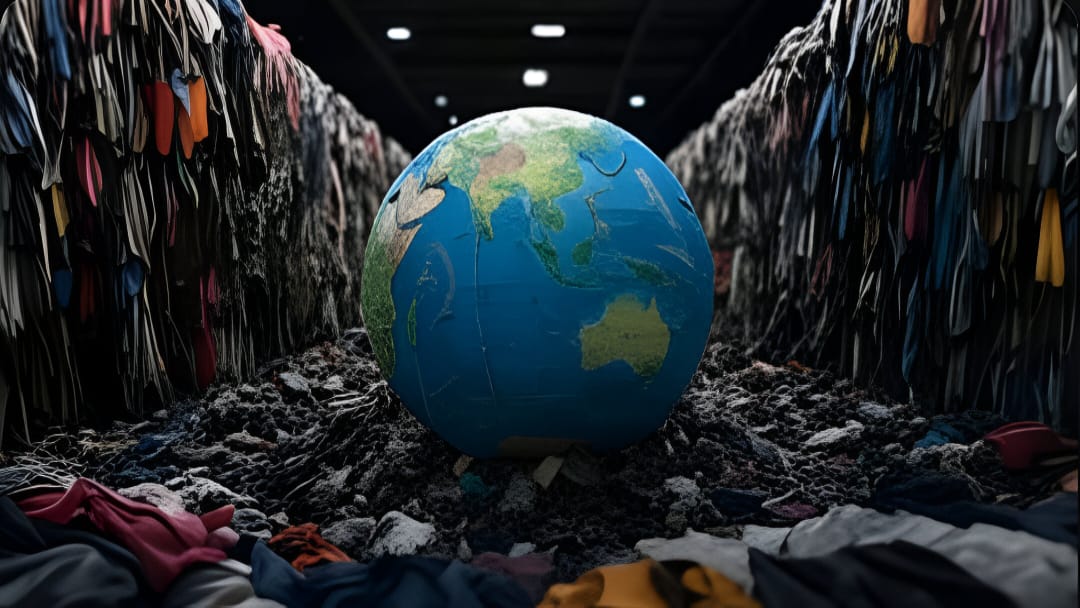The European Union has just taken a historic step toward reining in the fashion industry’s environmental waste. In early September 2025, the European Parliament formally adopted new legislation that holds brands financially responsible for the waste their clothing and textiles create. It’s part of a broader push targeting both textile waste and food waste across the EU.
What the Law Actually Does
- Extended Producer Responsibility (EPR) for Textiles
Brands (including those outside the EU or selling online) will have to pay for the collection, sorting, and recycling of textile waste.
The kinds of products covered are broad: clothes, footwear, hats, curtains, bed and kitchen linen, blankets, even accessories. Member states may also choose to include mattresses. - Binding Food Waste Reduction Targets
- By 2030, food waste in processing/manufacturing must drop by 10%, measured against the 2021-2023 average.
- In retail, restaurants, food services, and households, the goal is steeper: 30% per capita reduction.
- Countries must also ensure safe, unsold food can be donated — if it isn’t sold but is still safe to consume.
- Timelines & Who’s Affected
- Member states must establish EPR schemes for textiles within 30 months after the directive takes effect.
- Micro-enterprises get an extra year to comply.
- After the law is published in the EU Official Journal, countries have 20 months to incorporate (transpose) the rules into national law.
Why This Is a Big Deal
- The law shifts responsibility squarely onto producers rather than consumers or taxpayers. Brands will have to think through their product life cycles more carefully.
- It formalises obligations in legal text, with measurable targets and deadlines, which means it’s not just aspirational — there will be real accountability.
- For fast fashion, this is especially significant. The costs of waste, overproduction, and ultra-fast turnover are about to become more than simply moral issues — there’s now a financial and regulatory cost tied to them.
What It Means for Brands & Consumers
For Brands:
- Must prepare for increased costs — for waste collection, recycling, and likely higher fees depending on how durable, repairable, or recyclable their garments are.
- Design choices will matter more. Material choice, durability, repairability will likely be part of the calculation in how much they pay or how regulators assess them.
- Greater traceability, reporting, possibly redesign of supply chains and product lines will be needed to meet both textile-waste obligations and expectations from regulators and consumers.
For Consumers:
- Expect some shifts in pricing as brands begin to internalize the costs of waste. Some items may cost more.
- Better access to sustainable clothing, more take-back or recycling services, likely more emphasis on repair, reuse, resale.
- More cues to influence their choices: durability, sustainable materials, transparency around how products handle end-of-life.
What’s Still Missing / Challenges Ahead
- Environmental groups have said the legislation is a strong step, but still not perfect. For example, there are no binding EU-wide targets (yet) for textile reuse, collection, or recycling rates. Zero Waste Europe+2Reconomy+2
- The 30-month timeframe might seem long, especially for fast-changing markets. Zero Waste Europe
- Implementation will vary by country. Some states, local authorities, and smaller communities may struggle to build the infrastructure needed (collection, sorting, recycling). Zero Waste Europe
- Ensuring that producers don’t just shift the problem (e.g., exporting waste, cutting corners) and that the rules are enforced, not just on paper.

The EU’s new rules mark a turning point. Fast fashion can’t keep pretending its waste is someone else’s problem. For the first time, legislation makes producers pay — and forces the industry to change how it designs, makes, and disposes of clothes. Consumers will see the effects: better quality, clearer options for recycling, possibly higher prices. But the hope is that we move toward a fashion system that values longevity, circularity, and less waste.


